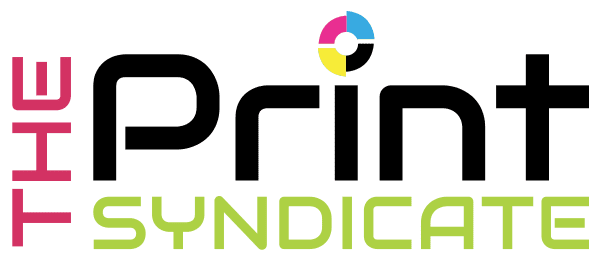In a world where the digital and physical realms converge, QR codes have emerged as a dynamic tool, bridging the gap between traditional print marketing and the digital landscape. These black-and-white squares, once just a novelty, are now a powerful asset in enhancing the effectiveness of print marketing campaigns.
Seamless Transition to Digital Platforms
QR codes provide a seamless transition from printed materials to digital platforms. By strategically placing QR codes on business cards, leaflets, and flyers, marketers enable consumers to access additional information, promotions, or interactive content effortlessly. With a simple scan using their smartphones, users can bridge the physical and digital worlds, fostering a more immersive and engaging experience.
Instant Access to Information
One of the key advantages of codes is their ability to offer instant access to relevant information. Whether it’s a link to a product page, a promotional video, or additional resources, QR codes eliminate the need for manual data entry. This immediacy enhances user convenience, providing a quick and efficient way for consumers to gather more details about a product or service showcased in print.
Enhanced Engagement with Interactive Content
QR codes inject an interactive element into traditional print materials. Instead of static content, users can access dynamic and interactive experiences, such as augmented reality features, surveys, or multimedia presentations. This not only captivates the audience but also extends their engagement, making the marketing message more memorable and impactful.
Trackable Analytics for Informed Decision-Making
Integrating codes into print materials allows marketers to track user engagement and gather valuable analytics. By monitoring scan metrics, such as the number of scans, geographic locations, and peak activity times, businesses gain insights into consumer behavior. These analytics enable data-driven decision-making, helping refine marketing strategies and optimize content based on user preferences and trends.
Convenient Contactless Transactions
QR codes facilitate contactless transactions, making them especially relevant in today’s health-conscious environment. Whether it’s for making purchases, accessing exclusive offers, or joining loyalty programs, consumers can complete actions with a simple scan, minimising physical contact and enhancing overall safety and convenience.
Boosting Print Material Retention
QR codes add an interactive layer that increases the likelihood of consumers retaining print materials. Instead of discarding a flyer or brochure, users are motivated to keep it for future reference, knowing they can access additional information at their convenience through the code. This prolonged exposure contributes to brand recall and reinforces the effectiveness of the initial print marketing effort.
Customisation and Branding Opportunities
QR codes offer a canvas for creativity and branding. Marketers can customize QR codes to align with the overall design aesthetic, incorporating logos or brand colors. This not only enhances the visual appeal but also reinforces brand identity. Customised codes stand out, capturing attention and encouraging users to engage with the content behind the code.
Elevating Print Marketing in the Digital Age
QR codes have become integral to print marketing, unlocking new dimensions of engagement and effectiveness. By seamlessly connecting the physical and digital realms, QR codes enhance user experience, provide instant access to information, and enable businesses to gather valuable analytics. As technology continues to advance, the marriage of QR codes and print marketing is poised to play a crucial role in shaping the future of integrated and impactful advertising strategies. Embracing this symbiotic relationship empowers businesses to maximise the effectiveness of their print materials in an ever-evolving digital landscape.




